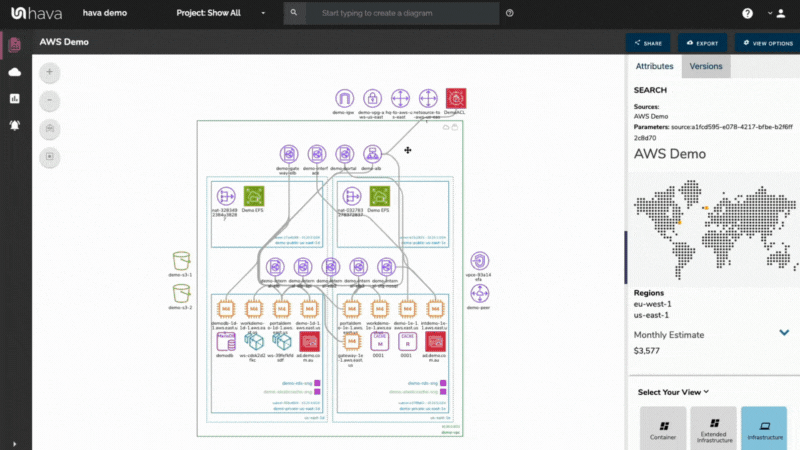Understanding Your Cloud Computing Needs
Before diving into specific tools, it’s crucial to understand your requirements. What are you hoping to achieve with cloud computing? Are you a small business needing basic file storage and collaboration? Or are you a solo entrepreneur looking for a simple website hosting solution? Defining your needs will significantly narrow down the options and prevent you from paying for features you won’t use. Consider factors like storage space, bandwidth, processing power, and the number of users. Starting small and scaling up as needed is often the most cost-effective approach.
Free and Freemium Cloud Storage Options
Many providers offer generous free tiers or freemium models, perfect for individuals or small teams with limited needs. Google Drive, OneDrive, and iCloud are all excellent examples, offering sufficient storage for personal documents, photos, and videos. These services usually integrate seamlessly with other applications and offer basic collaboration features. Remember to check the limitations of the free tier – things like storage space, file size limits, and the number of users often come into play. Moving to a paid plan is usually straightforward if you outgrow the free version.
Affordable Cloud Hosting for Websites and Applications
If you’re running a website or a small application, you’ll need a cloud hosting provider. Services like Hostinger, SiteGround, and A2 Hosting offer shared hosting plans at very affordable prices. Shared hosting means your website shares server resources with other websites, which keeps costs down. However, performance might be slightly affected during peak periods compared to more expensive dedicated server options. Look for providers offering features like automatic backups, easy-to-use control panels (like cPanel), and excellent customer support.
Cloud-Based Collaboration Tools for Teams
Boosting team productivity is another significant benefit of cloud computing. Tools like Google Workspace (formerly G Suite) and Microsoft 365 offer a suite of applications, including email, document editing, spreadsheets, and presentations, all accessible from anywhere with an internet connection. These platforms facilitate real-time collaboration, version control, and seamless file sharing, significantly improving team workflow. While they have paid plans, many offer free versions with limited features, providing a valuable starting point for small teams.
Leveraging Cloud-Based Databases for Data Management
Managing your data efficiently is crucial, and cloud-based databases are a fantastic solution. Services like Supabase and Firebase offer affordable database solutions ideal for smaller applications and projects. They often integrate well with other cloud services, simplifying the development process and minimizing costs. These services handle data storage, backups, and scaling automatically, freeing you from the complexities of managing your own database infrastructure.
Utilizing Serverless Computing for Cost Optimization
Serverless computing is a cost-effective approach where you only pay for the actual compute time your application consumes. Platforms like AWS Lambda and Google Cloud Functions are excellent examples. This eliminates the need to manage servers, reducing operational costs and simplifying development. It’s ideal for applications with intermittent or unpredictable workloads, as you only pay when your code is executing, making it highly efficient and economical.
Exploring Cloud-Based CRM Systems
Customer relationship management (CRM) is vital for businesses of all sizes. Cloud-based CRM solutions like HubSpot and Zoho CRM offer affordable plans catering to small businesses. These platforms help you manage customer interactions, track leads, and analyze sales data, all from a central, accessible location. Many offer free plans with basic features, enabling you to explore the functionality before committing to a paid subscription.
Choosing the Right Cloud Provider: A Balancing Act
Selecting the right cloud provider depends heavily on your specific needs and budget. Consider factors like pricing models (pay-as-you-go, subscription), geographic location of servers (for lower latency), security features, and the provider’s reputation. Don’t hesitate to explore free trials or freemium options before committing to a paid plan to ensure the service meets your expectations and works seamlessly with your existing infrastructure.
Monitoring Your Cloud Spending: Staying in Control
Even with affordable tools, it’s essential to monitor your cloud spending. Most providers offer detailed billing reports, allowing you to track your usage and identify potential cost-saving opportunities. Regularly review your resource allocation and adjust accordingly to avoid unexpected expenses. Setting up alerts for exceeding usage thresholds can prevent bill shock and help maintain a manageable budget. Visit here for examples of cloud-based tools.

